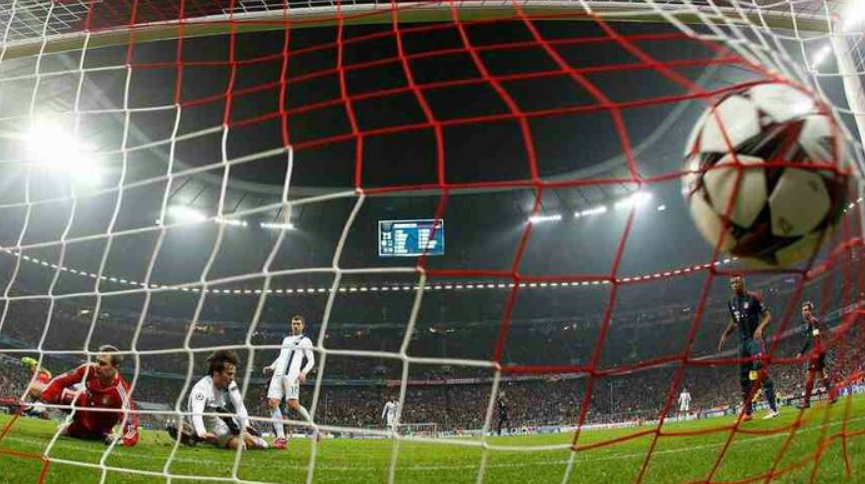In the era of data-driven football, numbers are no longer confined to post-match summaries. They are central to pre-game preparation, tactical adjustments, live analysis, and most importantly, predicting and understanding results — especially on the biggest stages like the FIFA World Cup, UEFA Euro, and the Champions League. While fans may focus on goals, cards, and drama, managers and analysts rely on advanced metrics to interpret what the scoreboard often hides. Among these, expected goals (xG), shot count, and possession percentage are some of the most widely used indicators. But how much do they really influence final outcomes at the highest level?
Expected Goals (xG) as a Reality Check
The introduction of xG transformed how we view match dominance. Rather than focusing solely on the final score, xG measures the quality of chances a team creates, based on variables like shot location, type of assist, and defensive pressure.
In major tournaments, xG has repeatedly shown its value. Take Spain vs. Morocco in the Round of 16 at World Cup 2022. Spain recorded a significantly higher possession rate and created more chances. Yet Morocco, with fewer opportunities but higher efficiency, held on and won on penalties. The xG model highlighted that despite Spain’s volume, their chances were largely low-quality.
Similarly, France vs. Switzerland at Euro 2020 saw France dominate in xG and total shots but were eliminated due to poor finishing and defensive lapses metrics that xG cannot fully cover, showing the limits of pure shot value.
Shot Count and Shot Quality
Shot volume still matters but context is everything. A team firing 20 shots with just three on target is far less dangerous than one with seven efforts and five on frame.
For example, in the Champions League 2020 final, Bayern Munich defeated PSG 1–0 despite having similar total shots. However, Bayern’s xG and shot placement data showed that they created more dangerous opportunities, while PSG relied on isolated counterattacks.
Teams that perform well in tournaments typically show a balance: not just many shots, but smart shots — inside the box, assisted by creative playmakers, and taken in structured attacking phases.
Possession Percentage: A Misleading Metric?
For years, possession was treated as a symbol of dominance. But tournaments have shown that controlling the ball doesn’t guarantee control of the game.
At Euro 2016, Portugal won the title while rarely dominating possession. In the final against France, Portugal had less of the ball (around 45%) but were more organized and direct when it counted.
In the 2022 World Cup, Japan defeated both Germany and Spain with less than 30% possession in each match. Their efficiency, defensive organization, and use of pressing traps allowed them to maximize fewer opportunities.
Modern tournament football rewards teams that know when to cede possession and strike quickly especially in knockout formats where one moment defines everything.
Statistical Profiles of Champions
If we look across recent tournament winners, patterns emerge. Most champions combine:
- A positive xG differential (creating more quality chances than they concede)
- Mid-to-high shot accuracy (not just volume, but conversion)
- Efficient, not overwhelming, possession — usually between 50–60%
- Compact defensive structures limiting opponent xG
Here’s a snapshot of key stats from recent major tournament winners:
| Tournament | Winner | Avg. xG Per Match | Avg. Possession | Shot Accuracy (%) |
|---|---|---|---|---|
| World Cup 2022 | Argentina | 1.73 | 54% | 48% |
| Euro 2020 | Italy | 1.62 | 53% | 44% |
| UCL 2021/22 | Real Madrid | 1.30 | 49% | 42% |
These numbers reflect a core truth: balance wins tournaments. Possession must lead to chances, chances must be high-quality, and defending must limit the opponent’s ability to do the same.
Numbers That Matter
Advanced metrics don’t replace watching the game — they enhance the understanding of it. In major tournaments, where margins are razor-thin, statistics provide clues about trends, inefficiencies, and strengths that raw results alone can’t explain.
For analysts, coaches, and smart fans alike, combining these metrics with match context is the key to making better predictions — and to appreciating the game beyond the final whistle.

